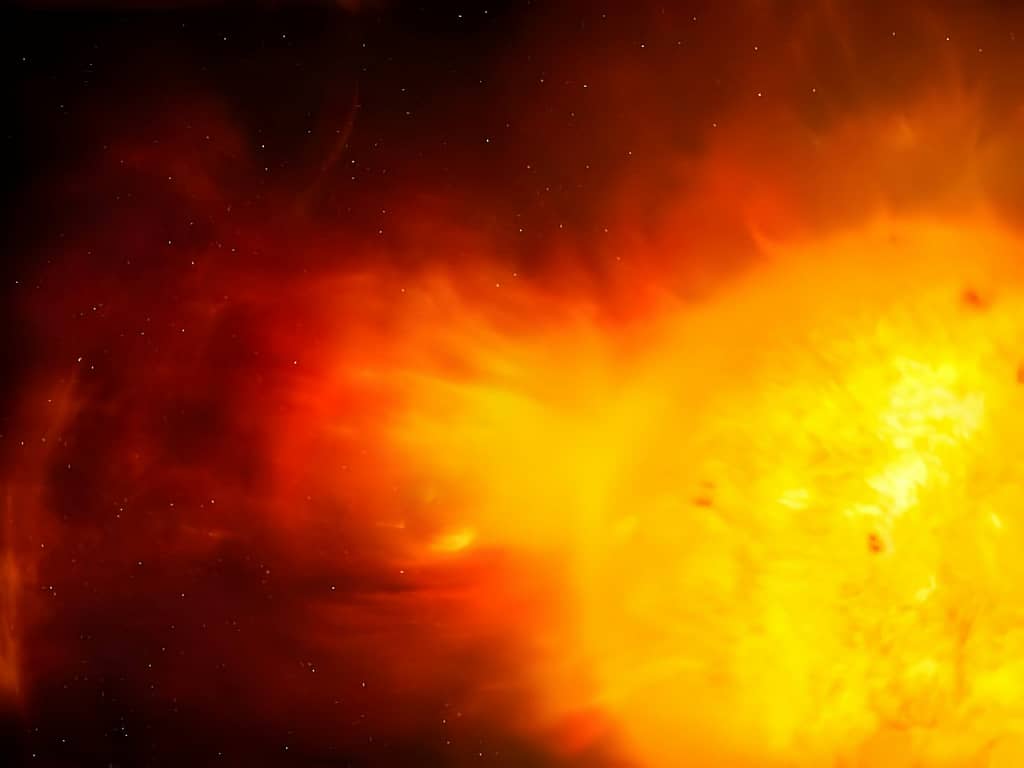NASA’s Parker Solar Probe, having already set records for its proximity to the sun, is gearing up for an even closer encounter later this year. This ambitious solar observatory will reach record-breaking speeds during this upcoming event, slated for December 24, 2024.
Table of Contents
Record-Breaking Close Flyby
The Parker Solar Probe achieved its 18th close flyby of the sun on December 28, 2023, setting the stage for its next groundbreaking approach. During the forthcoming encounter, the spacecraft will come within approximately 3.8 million miles (6.1 million kilometers) of the sun’s photosphere, akin to its surface. This remarkable feat will be accomplished despite facing temperatures soaring to about 2,550 degrees Fahrenheit (1,400 degrees Celsius).

Astrophysicist Nour Raouafi, the project scientist for the Parker Solar Probe mission, emphasized the significance of this endeavor, stating, “We are almost landing on a star. This will be a monumental achievement for all humanity. This is equivalent to the Moon landing of 1969.”
Higher, Farther, Faster in 2024
Launched from Cape Canaveral, Florida, in August 2018, the Parker Solar Probe achieved its closest approach to the sun on September 27, 2023, coming within 4.51 million miles (7.26 million km) and reaching a speed of approximately 395,000 mph (636,000 km/h). The anticipated close flyby on Christmas Eve 2024 will not only break the previous proximity record but also establish a new speed record. As the probe gets closer to the sun, gravitational forces will propel it to an astounding speed of around 435,000 mph (700,000 km/h), solidifying its status as the fastest human-made object ever constructed.
Unraveling Solar Mysteries
While the Parker Solar Probe’s achievements are awe-inspiring, its primary objective is to unravel the mysteries of the sun. Scientists are particularly focused on understanding why the sun’s outer atmosphere, known as the corona, is over 200 times hotter than the underlying surface. The corona’s temperature exceeds 2 million degrees Fahrenheit (1.1 million degrees Celsius), while the photosphere, the sun’s surface, is around 10,000 degrees Fahrenheit (5,500 degrees Celsius).
This temperature paradox is perplexing, given that the primary source of the sun’s heat is nuclear fusion at its core. The photosphere is significantly closer to the core than the corona, which extends approximately 5 million miles (8 million km) from the sun’s surface. To address this mystery, the Parker Solar Probe will fly through the corona, collecting crucial data.
Parker Solar Probe’s Remarkable Data Collection
As part of its data collection efforts, the Parker Solar Probe navigated through a massive coronal mass ejection (CME) in September 2022, one of the most powerful CMEs on record. Surviving this challenging encounter, the spacecraft is set to continue its mission until 2025, completing a total of 24 flybys of the sun.
Despite these groundbreaking achievements, the Parker Solar Probe mission is scheduled to conclude in 2025 after its 24th flyby of the sun. The data collected during its mission is expected to significantly contribute to our understanding of the sun and its complex behavior.
NASA’s Parker Solar Probe continues to push the boundaries of exploration, offering unprecedented insights into the sun’s mysteries and paving the way for future advancements in solar science.